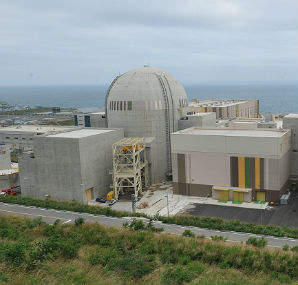South Korea's 7th basic power supply plan for the period up to 2029 provides for two further nuclear power reactors while plans for four coal-fired plants have been dropped.

South Korea’s 7th basic power supply plan for the period up to 2029 provides for two further nuclear power reactors while plans for four coal-fired plants have been dropped.
The Ministry of Trade, Industry and Energy (MOTIE) plan foresees South Korea’s total electricity demand increasing by some 2.2% annually over the next 15 years to 657TWh by 2029. Peak demand is expected to reach 112GWe in 2029, compared with 80GWe last year. The plan aims to cut annual electricity consumption by 14.3% and its peak demand by 12.0% from the business-as-usual levels by 2029.
South Korea currently has 24 reactors operating ten under construction or planned. Unit 1 of the Kori plant is currently scheduled to close in 2017 leaving 35 units in operation by 2029. Nuclear ‘s share of generating capacity is expected to increase from 22.4% in 2014 to 28.2% in 2029. Under the previous plan, it would have increased to 27.4% by 2027.
Meanwhile, the Shin-Wolsong-2 nuclear unit has become commercially operational, according to operator Korea Hydro and Nuclear Power. The domestic OPR-1000 unit achieved first criticality and was connected to the grid in February.
